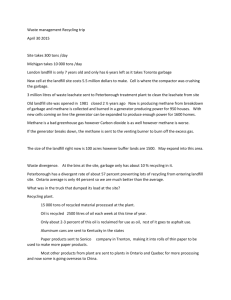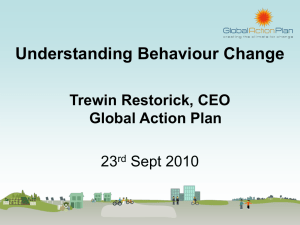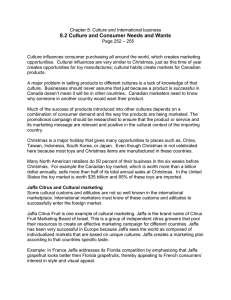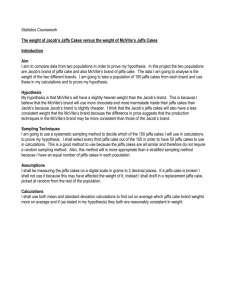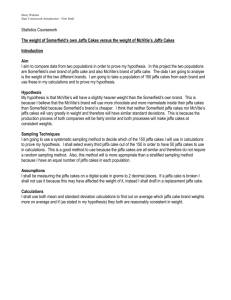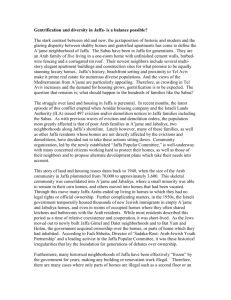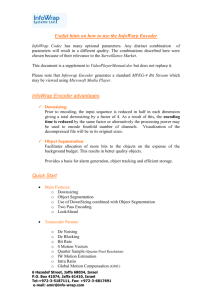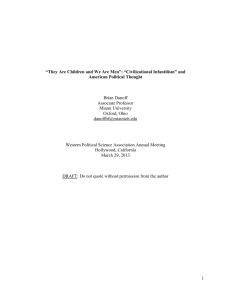Reconnecting The Tel-Aviv Jaffa Shoreline-
advertisement
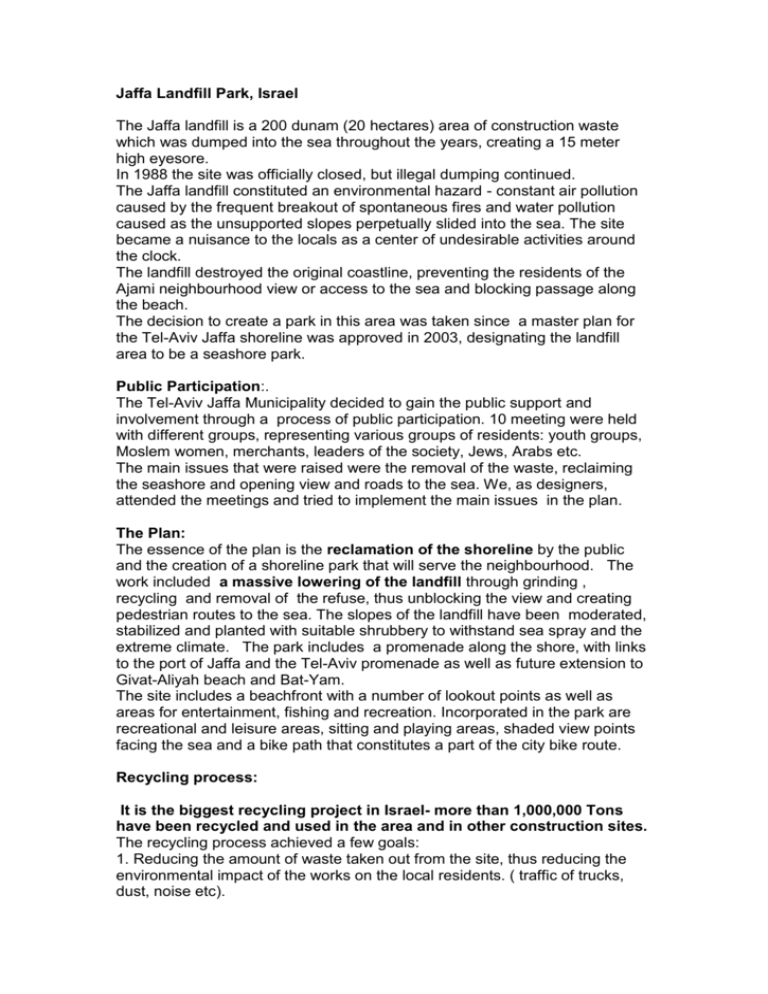
Jaffa Landfill Park, Israel The Jaffa landfill is a 200 dunam (20 hectares) area of construction waste which was dumped into the sea throughout the years, creating a 15 meter high eyesore. In 1988 the site was officially closed, but illegal dumping continued. The Jaffa landfill constituted an environmental hazard - constant air pollution caused by the frequent breakout of spontaneous fires and water pollution caused as the unsupported slopes perpetually slided into the sea. The site became a nuisance to the locals as a center of undesirable activities around the clock. The landfill destroyed the original coastline, preventing the residents of the Ajami neighbourhood view or access to the sea and blocking passage along the beach. The decision to create a park in this area was taken since a master plan for the Tel-Aviv Jaffa shoreline was approved in 2003, designating the landfill area to be a seashore park. Public Participation:. The Tel-Aviv Jaffa Municipality decided to gain the public support and involvement through a process of public participation. 10 meeting were held with different groups, representing various groups of residents: youth groups, Moslem women, merchants, leaders of the society, Jews, Arabs etc. The main issues that were raised were the removal of the waste, reclaiming the seashore and opening view and roads to the sea. We, as designers, attended the meetings and tried to implement the main issues in the plan. The Plan: The essence of the plan is the reclamation of the shoreline by the public and the creation of a shoreline park that will serve the neighbourhood. The work included a massive lowering of the landfill through grinding , recycling and removal of the refuse, thus unblocking the view and creating pedestrian routes to the sea. The slopes of the landfill have been moderated, stabilized and planted with suitable shrubbery to withstand sea spray and the extreme climate. The park includes a promenade along the shore, with links to the port of Jaffa and the Tel-Aviv promenade as well as future extension to Givat-Aliyah beach and Bat-Yam. The site includes a beachfront with a number of lookout points as well as areas for entertainment, fishing and recreation. Incorporated in the park are recreational and leisure areas, sitting and playing areas, shaded view points facing the sea and a bike path that constitutes a part of the city bike route. Recycling process: It is the biggest recycling project in Israel- more than 1,000,000 Tons have been recycled and used in the area and in other construction sites. The recycling process achieved a few goals: 1. Reducing the amount of waste taken out from the site, thus reducing the environmental impact of the works on the local residents. ( traffic of trucks, dust, noise etc). 2. Reducing the cost of works by almost 70% of the price. 3. Reusing the recycled materials on site and in other infrastructure projects saved a lot of energy and cost to provide new materials. 4. Promoting the idea of recycling on a big scale on a national level. The project was accompanied by environmental consultants and was constantly monitored to examine environmental hazards through out the works. Design Concept and Materials: The sea is a key player in the park. The main idea is to create a place where the design is quiet, tranquil and modest so the beauty and drama of nature will be better experienced . The walls and paving are made of sandstone-like materials, resembling the local coloring. Local stones that were found on site were integrated in the design. A pathway that marks the historic sea-line is integrated in the park demonstrating the history of the place. The design allows for future changes. The sea-shore is still in the process of stabilization and it will take a few years until it reaches its final shape. The beach is very wide and open to allow for this change to take place. Vegetation: A demonstration garden was planted on site to examine the quality of the recycled soil. More than 1000 plants, including trees, shrubs and ground covers were planted. The recycled soil from the site was found to be very suitable. The plants that were planted on site include trees and shrubs highly tolerant to the local conditions among them: Washingtonian Robusta, Tamaris aphylla, Pancratium maritimum, Atriplex halimus etc. Fruit trees such as Mulberry ,Carobs, Fig trees and Olives were planted on the sheltered areas, as traditional plants of bustanim mentioned the by residents in the public participation. The lawns were planted with Passpalum vaginatum, a highly tolerant grass to sea-side environment and of relatively low water consumption. Today: The Park has been recently finished, and is already highly used by the local community ,Arabs and Jews alike, and by visitors from all over the city. Holidays are celebrated there and social gathering and sport activities take place all days. Client: Tel-Aviv Jaffa municipality Landscape Architects: Braudo-Maoz Landscape Architecture Ltd Alisa Braudo, Ruth Maoz, Shlomit Zilberman Realization: 2005-2010 Area :20 hectars






